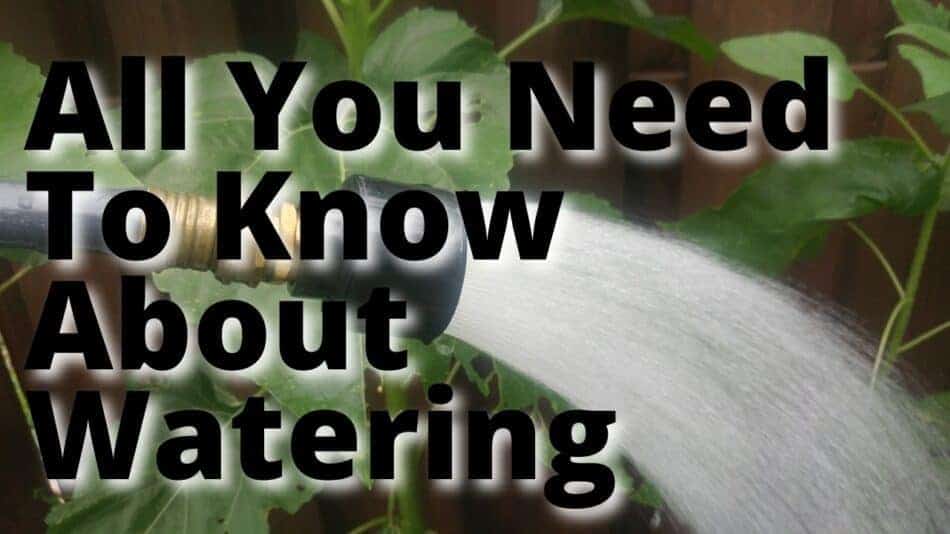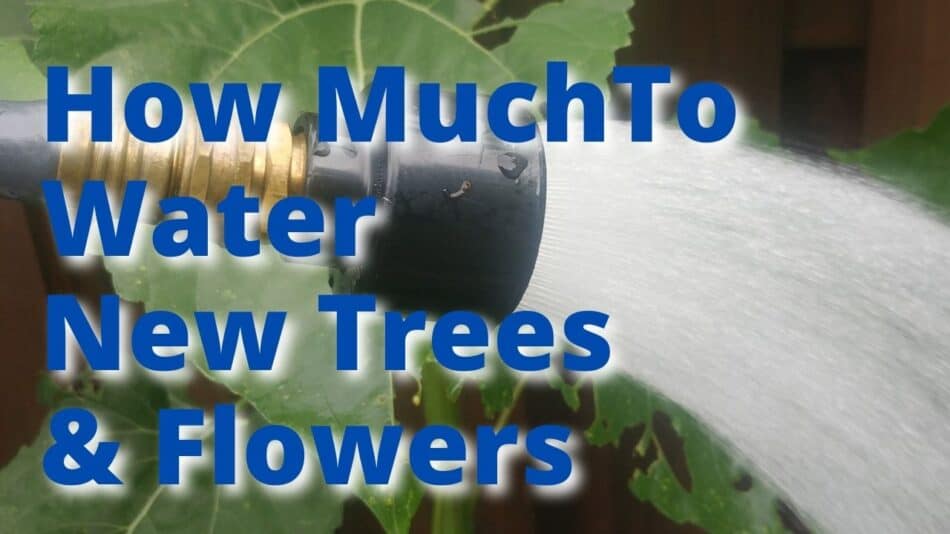There is a great variety of Japanese maples, with different shapes, heights, widths, and styles to choose from. I have seen, planted, and maintained Japanese maples in the landscape for years. I have seen many that were planted too close to homes and it was heartbreaking to see, just as the tree was getting to its prime size and structure to be crowded by structures.
In general, a Japanese maple can be planted as close to a house as 10 ft. Find the mature width of your variety of Japanese maple, common varieties in the chart below, and plant a minimum of ⅔ that width away from the house.
Considerations:
- Mature height of the Japanese maple.
Plant the tree at least as far away from your house is it will be tall (or wide, whichever is larger).
2. The overhang of your house.
Do not plant over the overhang, the Japanese maple will either get drowned, and beaten on by rain, or never get enough water. Plus there just is not enough room for a mature Japanese maple in this area.
3. What is the surrounding area? Walkway, drive, low area that collects water.
Japanese maples hate wet feet, so these are areas to aviod.
4. Tall Japanese Maples
What is overhead? Wires running to your house? Will it obscure a view or window?
5. Wide Japanese Maples
How wide will the Japanse maple get, will it reach the house? Will it overhang the drive or walk eventually?
Many Japanese Maple varieties are slow-growing, consider planting them in a large container if you live in zone 6 or warmer. This way they can be closer to the house and moved after they have grown in size 5 to 10 years later. This way you will not have to make the heartbreaking decision to cut down a gorgeous mature Japanese maple that is too close to the house.
| Latin Name | Height 10-15 yrs | Width 10-15 yrs | Shape | Spring Color | Summer color | Fall color | comments |
| Acer shirasawanum | 8 ft | 8 ft | rounded | salmon pink/ orange | chartreuse green | orange-red | |
| Acer pal. ‘Bihou | 7 ft | 3 ft | upright, open top | yellow/ green | green | bright yellow | yellow bark |
| Acer pal. ‘Sango kaku’ | 20 ft | 20 ft | rounded | light green | green | golden yellow/ streaked red | coral bark in winter |
| Acer pal. ‘Crimson Queen’ | 4-8 ft | 10-12 ft | wide weeping | red/burgundy | burgundy | scarlet red | high or low graft will determine height |
| Acer pal. ‘Fireglow’ | 10-12 ft | 10 ft | rounded | bright red | red/ burgundy | orange/red | holds color better than Bloodgood, heat tolerant |
| Acer pal. discetum ‘Orangeola’ | 4 ft | 5 ft | weeping | red to orange | green | red and orange | good pot specimen |
| Acer pal. ‘Osakazuki ‘ | 12-15 ft | 12-15 ft | rounded | chartreuse | green | striking bright red | |
| Acer pal. disectum ‘Red Dragon’ | 4-5 ft | 4-5 ft | dwarf, weeping | dark burgundy | dark burgundy | scarlet red | holds color well, even in the heat, also good for containers |
| Acer pal. ‘Ryisen’ | 5-6 ft | 2-3 ft | narrow pendulous weeping | chartreuse | green | reds and oranges | staking needed for upright tree |
| Acer pal. ‘Shaina’ | 3-4 ft | 3-5 ft | dwarf, wide | red | red burgundy | scarlet red | good for containers, slow-growing |
| Acer pal. ‘Twombley’s Red Sentinel’ | 8-10 ft | 3 ft | columnar | bright red | burgundy | bright red |
How to pick the best site for your Japanese Maple.
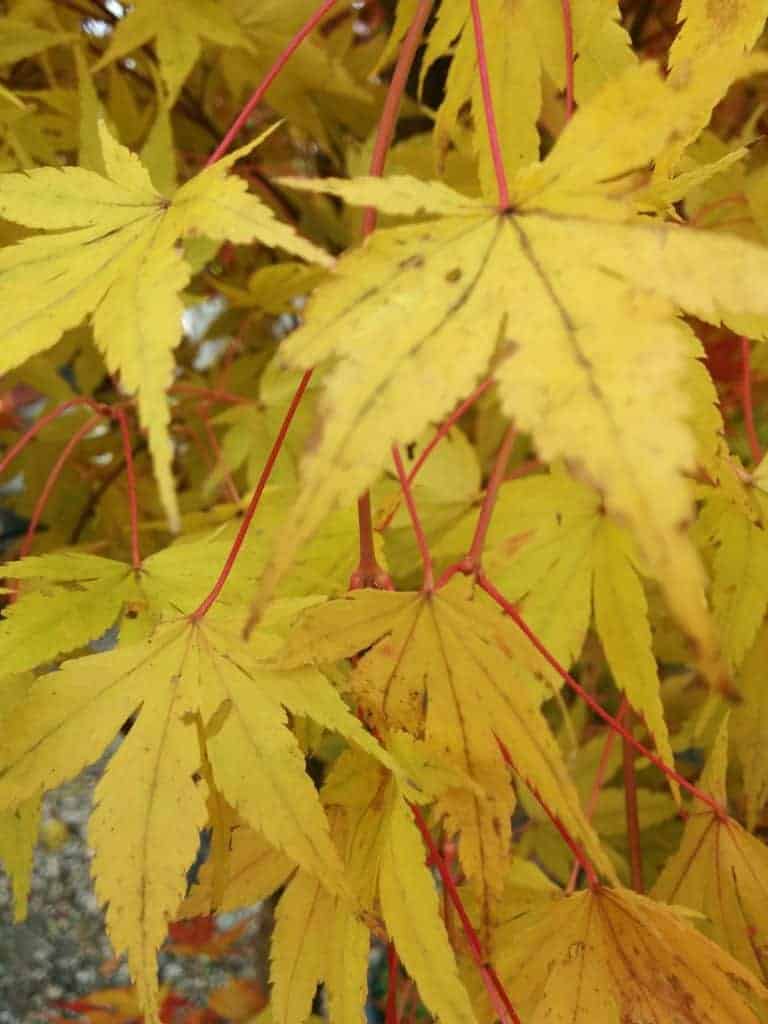
Sun
Japanese maples thrive with 4-6 hours of sun for the best color development. However, give them shade from the hot mid-day and afternoon sun, especially in the hot southern states.
Wind
Protection from both cold winter winds in Northern states, and drying winds in drier climates. Cold winter winds can cause winter dieback. If Japanese maples are not protected from the drying wind, you will start to see browning edges on the leaves, even if the irrigation is adequate. Protection can be from other plants cutting the wind, burlap, or fencing to screen.
Soil
Japanese maples prefer acidic and sandy, well-drained soil. They are not drought-resistant and will need regular irrigation, however, they will not grow in continual wet situations. In containers particularly, be sure to let the water drain out, and check that the soil has dried down prior to watering. Click here for details about drainage, and irrigation.
Walkway/Driveway Salt
Japanese maples do not tolerate driveway ( or seaside) salt well. Plant in locations where the drainage from your drive or walkways does not flow over the root area of your Japanese maple.
Raised beds
Raised beds are a great way to ensure the proper drainage for Japanese maples. Raised beds also prevent salt damage near the driveway. In cold northern states, gardening zones 5 and colder, plan the raised beds to be large enough to contain the entire root area and insulated to protect the sensitive roots from freezing.
Play/Walk Patterns
When choosing where to plant your Japanese maple, watch for the walk and play patterns in your landscape. Japanese maples will not thrive planted in the compacted soil in a walking pattern, or under the constant minor branch breakage from traffic. Animal or people traffic.
Background
Look at the background your new Japanese maple will be planted in front of when viewed to most. If you plant a red maple in front of a red brick house, you will lose the dramatic effect of the red coloration. A green leaf Japanese maple will have more of an impact in that case.
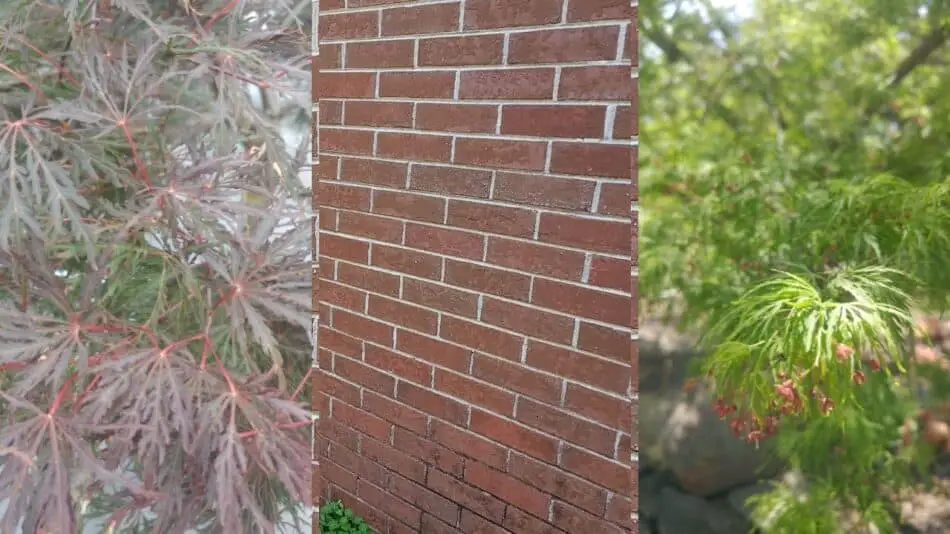
Japanese maples are great small trees with non-invasive roots that are a great addition near your house. A little bit of planning will help you find both the best placement and the best variety to thrive for you!
-
What Japanese Maples Are Orange In The Fall?
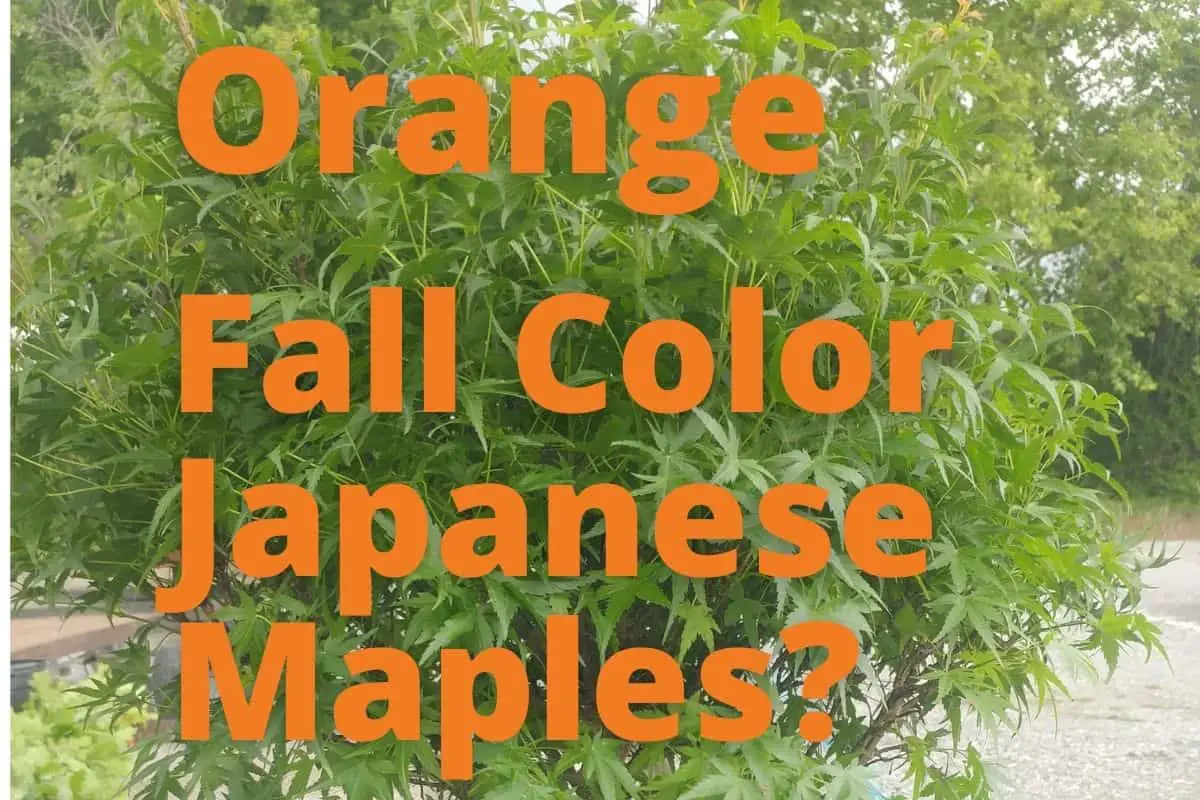
Latin name zones height 10-15 yrs spring color summer color fall color leaf type tree shape ACER JAPONICUM ‘EMMETT’S PUMPKIN’ FULL MOON 5-9 12-15 org/over green dark green orange Palmatum
-
Fall Color For Ornamental Grasses
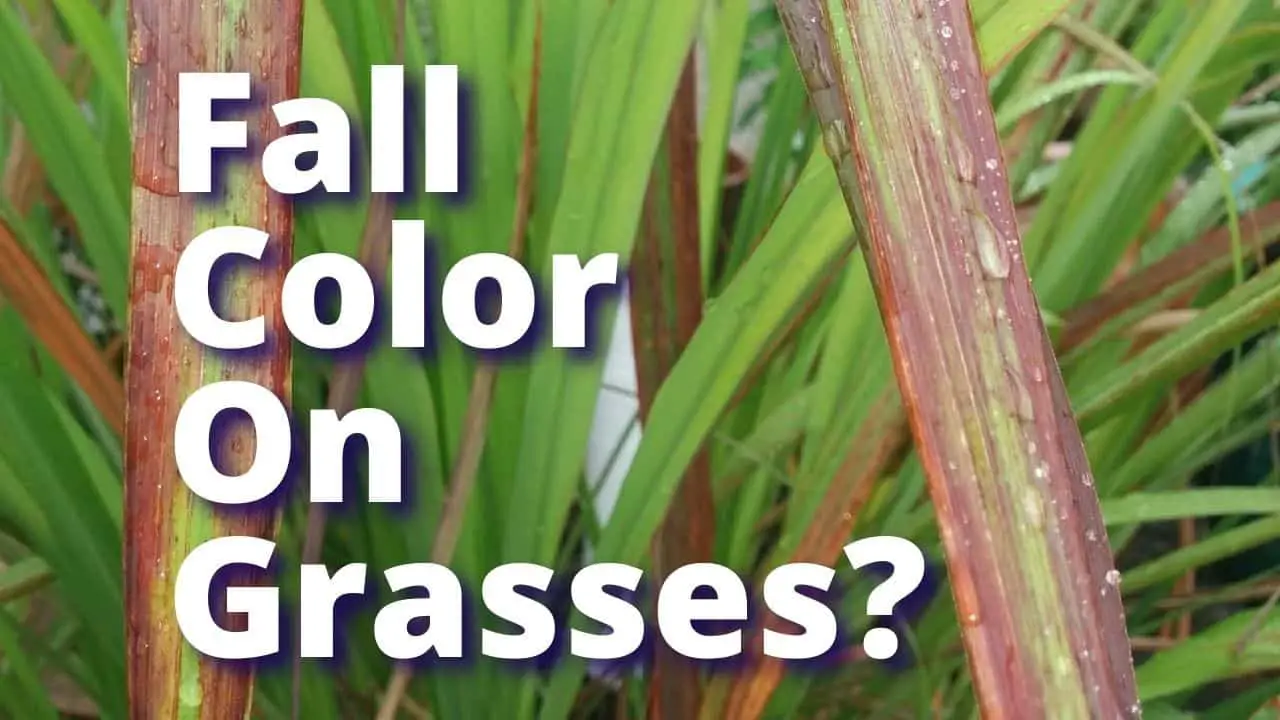
Here is what you can expect for color in Zone 6 in the US for fall favorite grasses. Pink Muhly Grass – Muhlenbergia capillaries The plumes give clouds of pink
-
Why Is My Japanese Maple Turning Green?
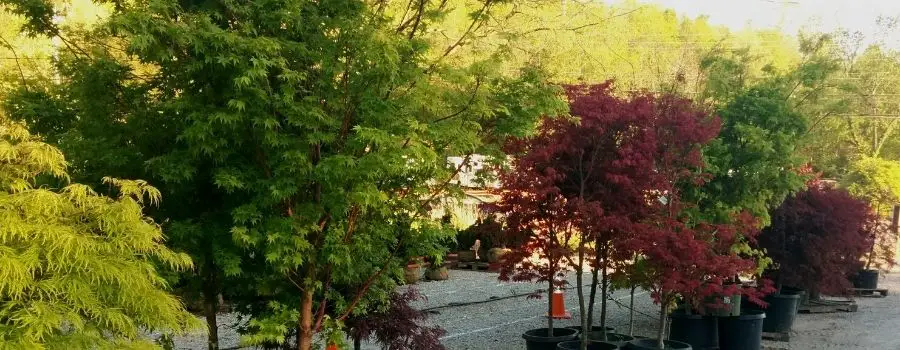
There are 3 reasons your Japanese maple is green: Variety Season Light Intensity and duration First, what variety of Japanese maple do you have? There are many varieties that are


